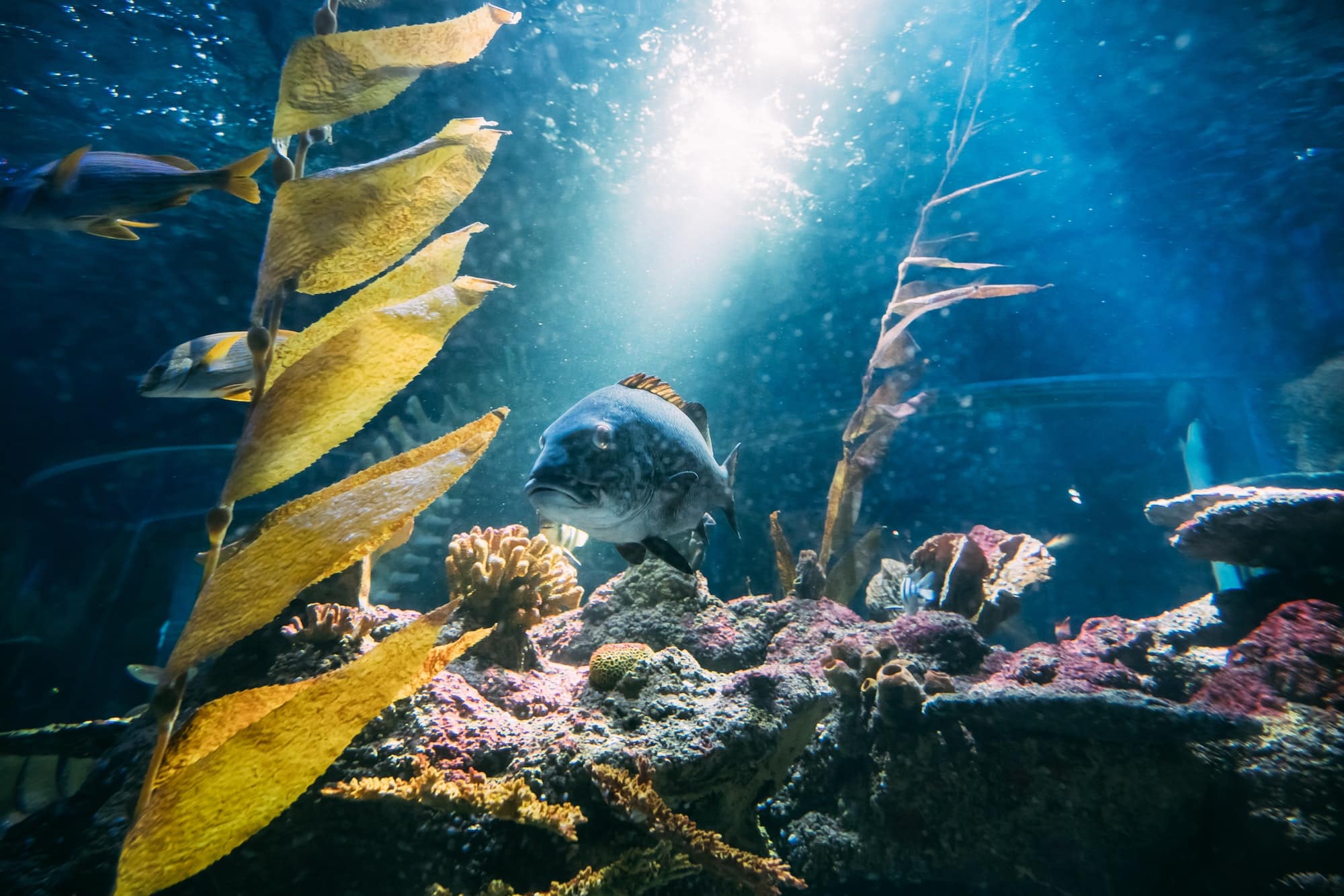What’s the Best Way to Set Up a Home Aquarium for Exotic Fish and Aquatic Plants?

Creating an aquarium at home to house exotic fish and aquatic plants isn’t just about owning a piece of the underwater world; it’s about creating a conducive environment that your fish and plants will thrive in. The process often calls for attention to detail, a dash of creativity, and a good understanding of the needs of the creatures you intend to house. This guide takes you through a comprehensive step-by-step process that will help you set up a well-planned freshwater aquarium right from choosing the tank to introducing your exotic fish and plants.
1. Choosing the Right Aquarium Tank
Before embarking on your journey to set up an aquarium, the first necessary step involves choosing the right tank. The size of the tank depends on the number of fish you plan to keep, the type of fish, and the space available in your home.
En parallèle : What’s the Best Way to Design an Atrium Garden for a Mid-Century Modern Home?
A larger tank offers more room for your fish and plants and helps maintain more stable water conditions. You should generally aim for a tank of at least 20 gallons. The shape is also important. A tank with a larger surface area allows for better gas exchange, which results in healthier fish and plants.
2. Selecting the Substrate and Adding Water
The next step involves selecting the substrate, which forms the bottom layer of your aquarium. For a planted aquarium, you might want to consider using gravel as your substrate. Gravel comes in different sizes and colors and provides an excellent medium for plant roots. Measure your gravel in a manner that it forms a layer of about two to three inches thick at the bottom of your tank.
Avez-vous vu cela : How Can You Create a Modern Home Office with a Rustic Farmhouse Aesthetic?
Water quality is crucial for the survival of your fish and plants. It’s recommended to use dechlorinated water or aged tap water. Fill your tank to around one-third full, taking care not to disturb your substrate.
3. Installing the Necessary Equipment
Before introducing your fish and plants, it’s important to install all the necessary equipment. This includes the filter, heater, and lighting system.
A filter is vital as it helps to remove waste, excess food, and harmful chemicals from the water. It also helps to aerate the water, providing essential oxygen for your fish and plants.
The heater, on the other hand, maintains a stable temperature in your aquarium, and this is particularly important if you’re planning to keep tropical fish which require a warmer environment.
Lastly, a good lighting system is essential for the well-being of your aquatic plants, as it aids in photosynthesis.
4. Adding Plants and Decorations
The joy of owning a planted aquarium comes from the opportunity it offers to design a mini underwater garden. When choosing your plants, consider factors like size, growth rate, and the requirements of your fish species. Add your plants step by step, starting with the background plants, followed by the midground and foreground plants.
Decorations also add an aesthetic appeal to your aquarium. These could include rocks, driftwood, or artificial decorations. They also provide hiding spots for your fish, adding complexity to their environment.
5. Introducing Fish
The final step involves introducing your fish into their new home. Before purchasing your fish, do some research on the species you’re interested in. Consider their compatibility with other fish, their size, and their specific needs.
When introducing new fish, it’s crucial not to simply drop them into the tank. Instead, place the bag you brought them in into the tank, allowing the water temperatures to equalize. After about 15 minutes, gently release the fish into the tank.
Setting up a home aquarium can be an exciting project. Attention to detail and a good understanding of the needs of your fish and plants will ensure that you create a sustainable, healthy aquatic environment. With the right setup, your aquarium can become a vibrant and fascinating feature in your home.
6. Maintaining a Healthy Aquarium Environment
Ensuring the well-being of your exotic fish and aquatic plants requires regular maintenance. Water changes are a fundamental part of this regimen. As a rule of thumb, you should aim to replace around 20% of the tank’s water each week. This is vital, as it helps to get rid of excess nutrients and pollutants that may have built up over time, thereby maintaining the water quality.
Keeping a close eye on your aquarium’s water parameters is another crucial step. You should regularly test the pH, ammonia, nitrite, and nitrate levels in your tank since they could drastically affect its inhabitants’ health. Fish and aquatic plants each have unique water parameter needs, so you should strive to keep these within the ideal range for your specific species.
Also, ensure that the filtration system is working efficiently. A fully functioning filter not only cleans the water but also promotes a healthy biological environment by fostering beneficial bacteria. These bacteria break down the harmful chemicals in the water, turning them into less harmful substances.
Lastly, check on your aquatic plants frequently, removing any dead or decaying matter. This prevents the decomposition process from polluting the water and causing health problems for your fish.
7. Observing Your Fish and Plants
Invest some time in observing your fish and plants regularly. Visual inspections can provide valuable insights into their health and welfare. Look for signs of disease or stress in your fish, like changes in color, unusual swimming patterns, or loss of appetite. For your plants, yellowing leaves or slow growth could indicate that they are not getting the nutrients they need.
Observation also offers the chance to notice any changes in behavior that could indicate compatibility issues between your fish species. If you notice aggressive behavior or signs of stress, it might be time to reconsider the mix of species in your tank.
Always remember, the aim is to create a harmonious environment that promotes healthy growth and interaction among your aquatic pets.
In conclusion
Creating a home aquarium for exotic fish and aquatic plants is about more than adding a touch of beauty to your living space. It requires a commitment to providing an environment that will support the health and growth of these creatures. Consideration must be given to the size and shape of the tank, the substrate and water quality, the necessary equipment, and the selection of plants and decorations.
Furthermore, introducing fish to their new home is a delicate process that should be done with care. Regular maintenance of your aquarium and close observation of your fish and plants are essential in ensuring their wellbeing.
With the right setup and continued care, your home aquarium can truly be a thriving underwater ecosystem, providing endless fascination and joy. You will not just own a piece of the underwater world; you will also have succeeded in creating a conducive environment for your exotic fish and aquatic plants to thrive.
